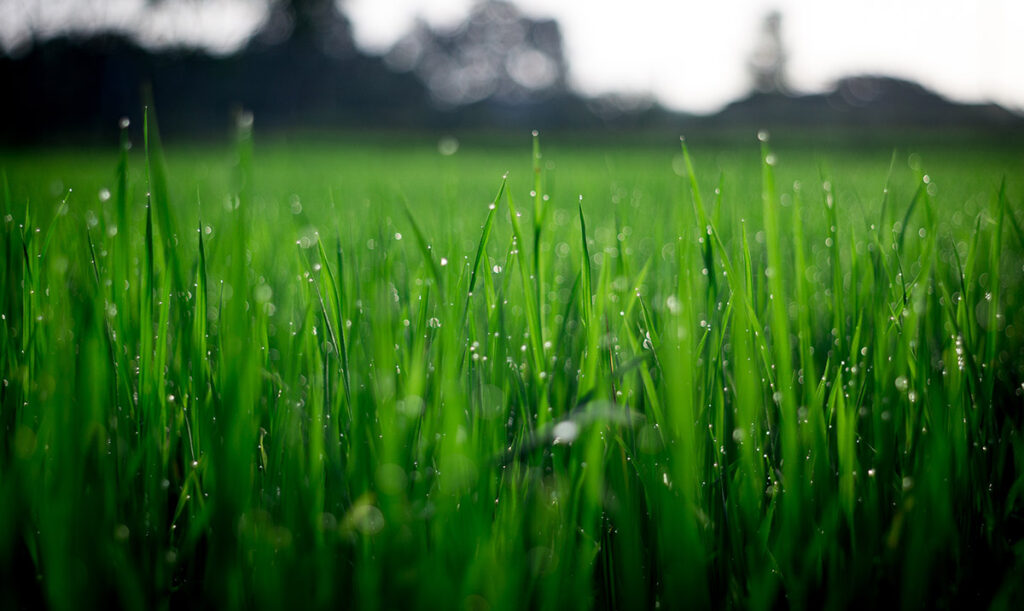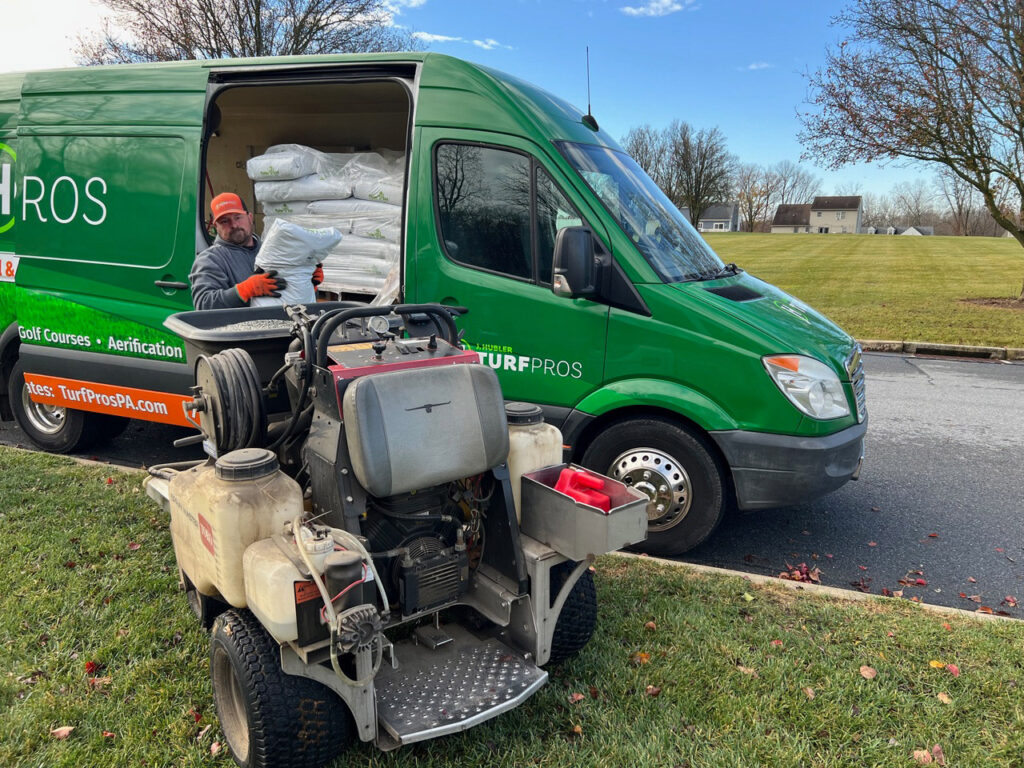
Fertilizing is one of the most important parts of effective lawn care. Apply too little and your grass may thin out; apply too much and you risk burning the lawn. In this guide, JHL Turf Pros explains how often to fertilize your lawn, offers seasonal tips, and shares expert advice for healthy root growth and lush, green grass all year long.
Why Fertilization Frequency Matters
Fertilizer replenishes essential nutrients that your soil may lack, promoting healthier turf and more vibrant color. Regular feeding encourages strong root growth, which helps your lawn stand up to heat, drought, and heavy foot traffic.
However, balance is key. Over-fertilization can burn your grass and contribute to nutrient runoff, while under-fertilizing results in weak, patchy turf that struggles to thrive. Understanding how and when to fertilize is critical for achieving a consistently green lawn. A well-timed fertilizer application also supports steady growth during the growing season, ensuring your lawn doesn’t surge and weaken but instead actively grow at a healthy, sustainable pace.
Seasonal Fertilization Guide
Fertilization needs change with the seasons. Here’s how to optimize your lawn care throughout the year:
Spring Fertilization
Begin fertilizing in early spring as soon as grass begins to grow. This initial application strengthens roots and jumpstarts that lush green-up. Apply again in late spring to sustain growth and prepare for summer stress. Cool-season grasses such as Kentucky bluegrass especially benefit from spring feedings because they naturally thrive in cooler temperatures.
Summer Fertilization
During the summer months, your lawn may experience heat and drought stress. Use a slow-release fertilizer to feed gradually and avoid burning. Water deeply after fertilizing to help nutrients reach the roots. Avoid feeding during heat waves, as this can do more harm than good. Some homeowners prefer organic products during this time, but carefully chosen synthetic fertilizers can also be effective if applied properly. The right blend helps grass conserve energy and reduces the risk of thinning during long stretches of hot weather.
Fall Fertilization
Fall is the most important fertilization season. Grass uses this time to recover from summer damage and build strong roots for winter. Applying fertilizer now ensures your lawn stores enough nutrients to green up early in spring. For Kentucky bluegrass and other cool-season varieties, this is when they actively grow strongest, making fertilizer application especially valuable. Extra nutrients laid down in autumn also help turf resist weeds and disease as temperatures drop.
Winter Fertilization (Optional)
In mild climates, a late fall or early winter application can support continued root development. However, never fertilize frozen soil. At this time of year, the focus should be on maintaining root health rather than encouraging top growth.

How Often Should You Fertilize?
The ideal fertilization frequency depends on your grass type and regional climate.
- Cool-season grasses (like fescue, bluegrass): 3–4 times per year
- Warm-season grasses (like Bermuda, Zoysia): 2–4 times depending on region
Other factors include:
- Soil condition (get a soil test if possible)
- Balance of sun and shade
- Lawn stress (traffic, drought, pests)
A customized plan is best for maximizing results and minimizing waste. Some lawns thrive with fewer applications, while others—especially those under heavy use—require more frequent feedings. Professional guidance ensures you don’t rely too heavily on synthetic fertilizers, which can harm the environment if overused.
Tips for Effective Fertilization
Get the most out of your fertilizer with these simple best practices:

When to Call JHL Turf Pros
If your lawn is struggling despite regular care, you may need expert help. Call JHL Turf Pros if:
Our team offers tailored lawn fertilization services for a healthy, vibrant lawn—season after season. We take into account grass species, soil conditions, and local weather patterns so your yard can thrive naturally without wasted effort or expense.
Request Your Lawn Evaluation Today
Ready for a lush, healthy lawn? JHL Turf Pros will evaluate your soil, grass type, and lawn conditions to create a custom fertilization plan. Contact us today for a free quote and take the guesswork out of lawn care.
